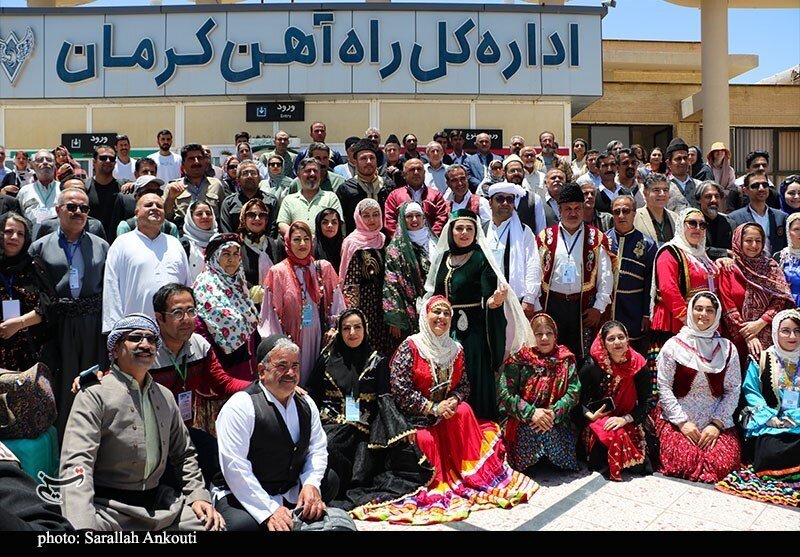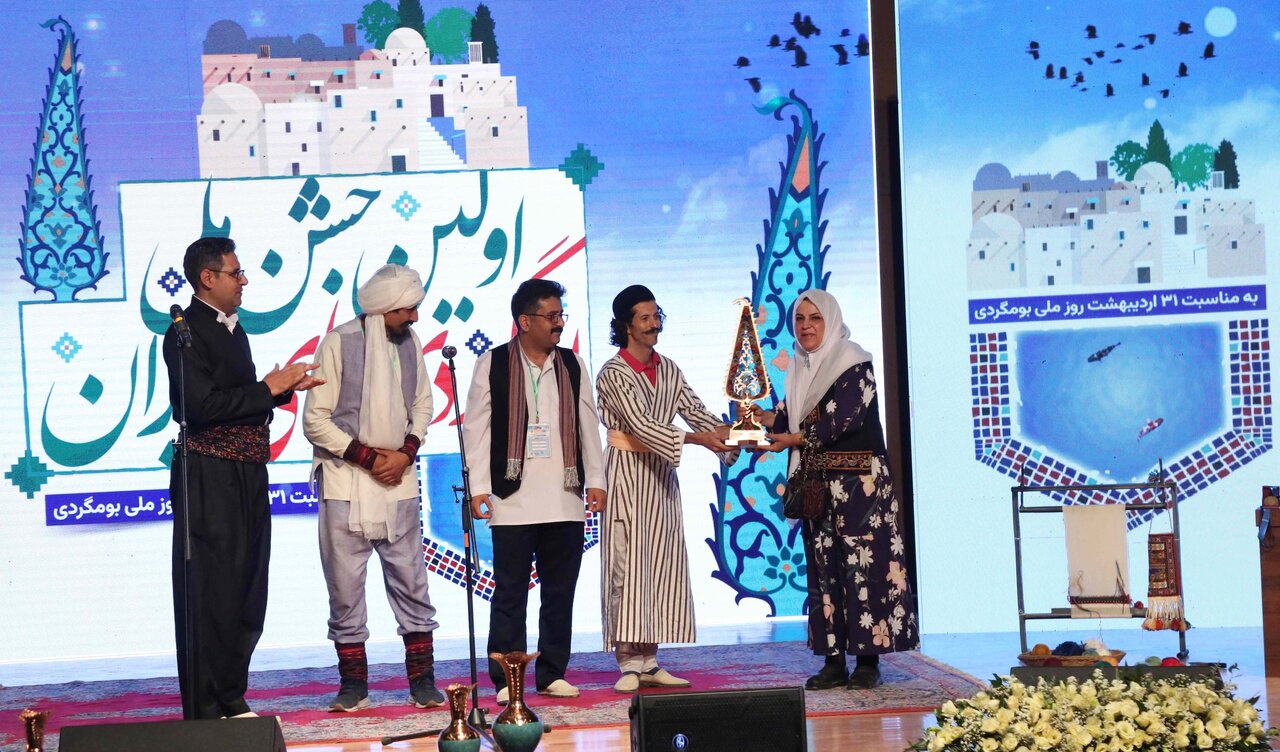Reviving roots: a new chapter in Iran’s rural tourism

KERMAN - On May 21, the first-ever national celebration of ecolodges brought together some 600 ecolodge managers, travel insiders, and media personnel from across the country.
More than just a gathering of tourism stakeholders, the event marked a powerful declaration that Iran’s cultural identity is alive and thriving within its rural heartlands, and ecolodges are now its proud storytellers.
According to organizers, the festival, held under the theme “from the heart of the soil to the soul of Iran”, marked the vibrant and diverse world of Iranian bomegardis; local ecolodges that are much more than places to stay.
These establishments, often family-run and deeply rooted in their local communities, offer travelers a unique chance to experience authentic village life, traditional hospitality, and indigenous knowledge passed down through generations.
With over 3,700 registered ecolodges across the country today, the bomegardi movement has created a national network that not only supports sustainable tourism, but also contributes to cultural preservation, community empowerment, and rural development. In many villages across the ancient country, ecolodges have brought new life to abandoned homes, reclaimed lost crafts, and reinvigorated local pride.
Beyond tourism
Speakers at the event, most notably the Minister of Cultural Heritage, Tourism and Handicrafts, Seyyed Reza Salehi-Amiri, and Yavar Abiri, head of the Iranian Ecolodge Association, both emphasized that ecolodging is not merely an economic activity. It is, in essence, a cultural ecosystem. As the minister aptly put it, ecolodging is “a living extract of Iranian civilization,” where food, dress, architecture, dialect, handicrafts, and hospitality come together in a continuous act of cultural revival.
For many Iranian villagers, ecolodges offer more than income—they serve as a reason to stay, to return, and to rebuild. In reversing rural-to-urban migration trends, ecolodges have created local jobs, stimulated micro-enterprises, and preserved traditional knowledge that was on the brink of disappearing.

Symbolism, solidarity, and shared vision
The festival in Kerman was as symbolic as it was strategic. The event extended footprints in a region rich with historical landmarks from Rayen Citadel and Shazdeh Garden to Bam Citadel and Kaluts of Shahdad desert, aimed to showcase an intersection of heritage, landscape, and community that defines ecolodging in the vast country.
Highlights of the event included the arrival of a specially designed train from Tehran to Kerman, adorned with traditional Iranian motifs, that, according to organizers, was aimed at symbolizing a cultural journey across the nation.
It also involved an international “Spice Route” food and cultural exhibition, linking Iran’s culinary and ethnic diversity with global tourism narratives.
Toward the global stage
Perhaps the most important takeaway from the celebration is what it signals for the future. As Abiri noted, this is not just a commemorative event, but “the beginning of a long, purposeful path toward global recognition of Iranian ecolodging.” The formal registration of National Ecolodge Day in Iran’s calendar is more than symbolic—it is a step toward institutional recognition, policy support, and international collaboration in the field of sustainable, community-based tourism.
Ecolodges as custodians of identity
Iran’s first National Celebration of Ecolodges serves as a resounding reminder that tourism, when rooted in local culture and driven by local communities, becomes a powerful force for regeneration. The bomegardis are not only redefining hospitality—they are guardians of cultural continuity, ambassadors of Iranian diversity, and catalysts for rural resilience.
As global interest in meaningful, sustainable travel continues to grow, Iran’s ecolodges may well emerge as a special model for tourism, where heritage is not just preserved but re-practiced, and villages are not remnants of the past, but blueprints for the future.
AM
